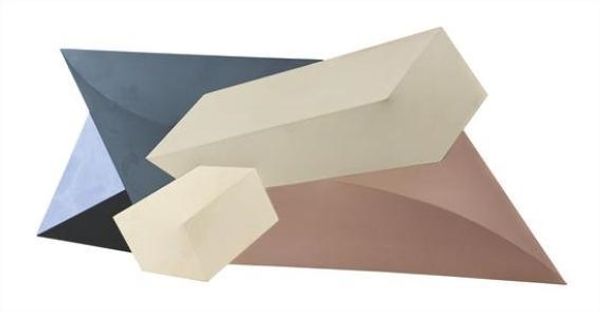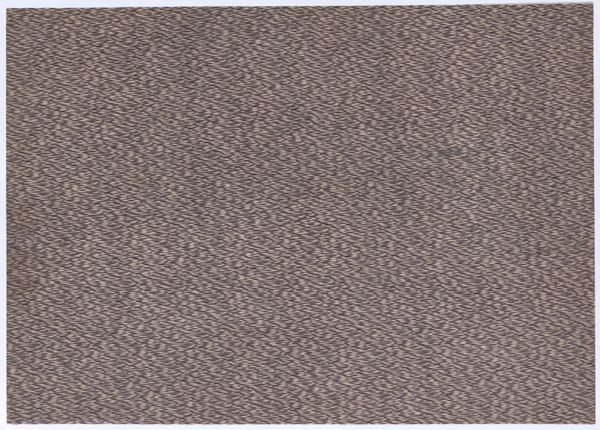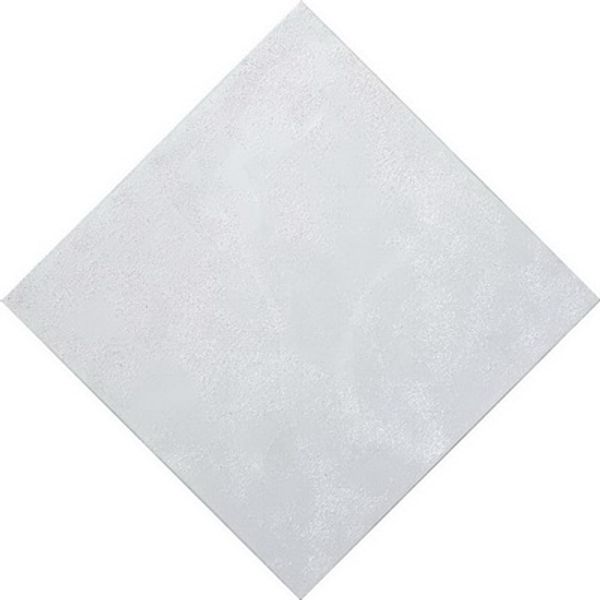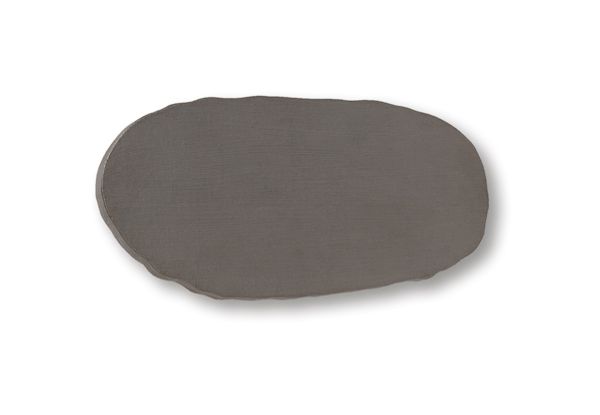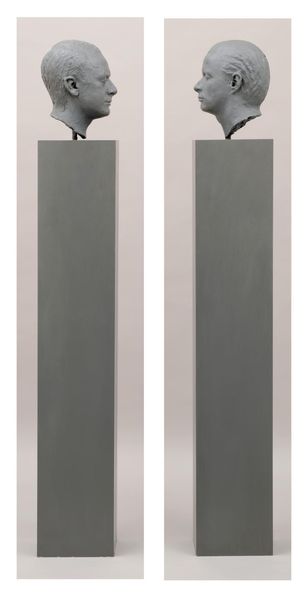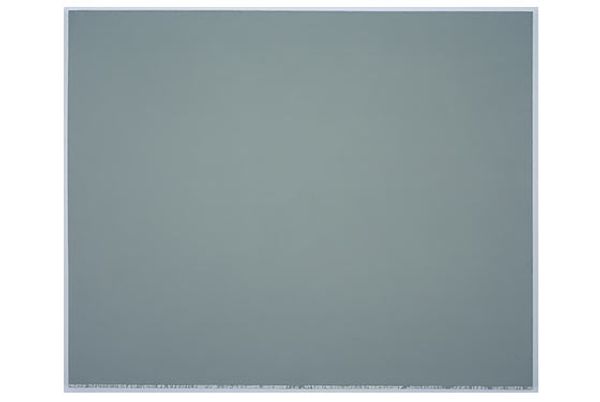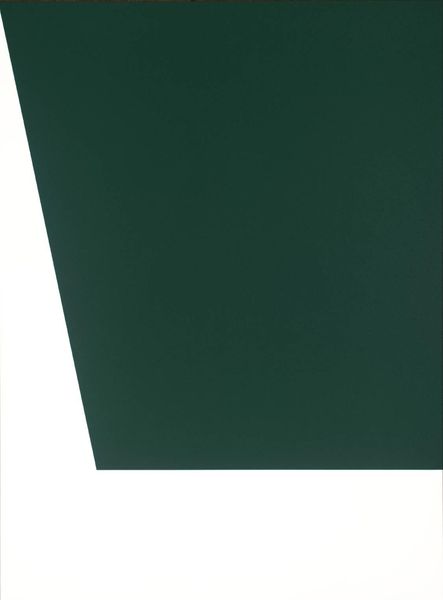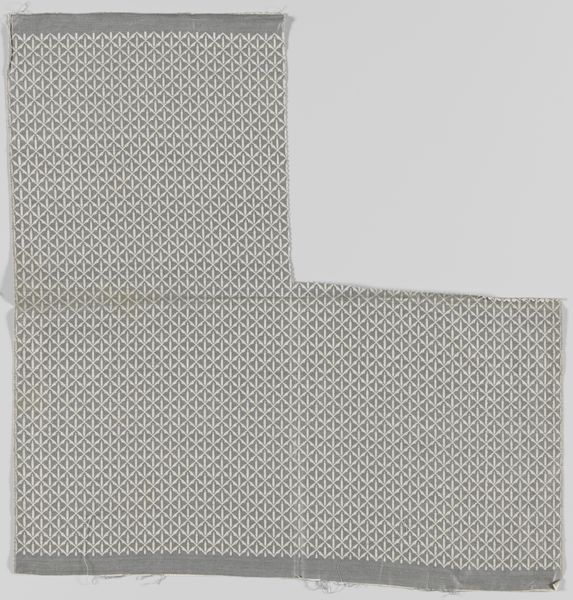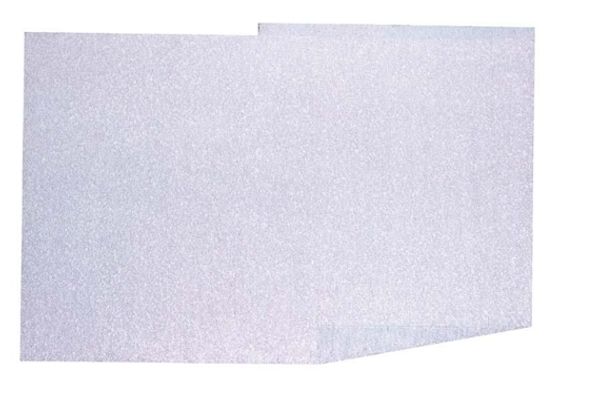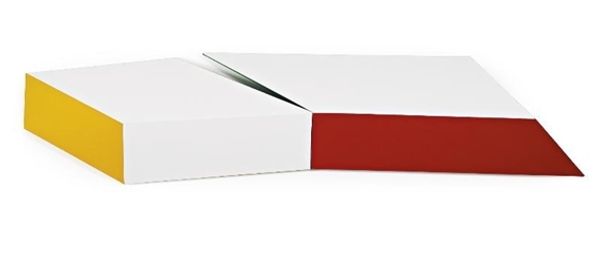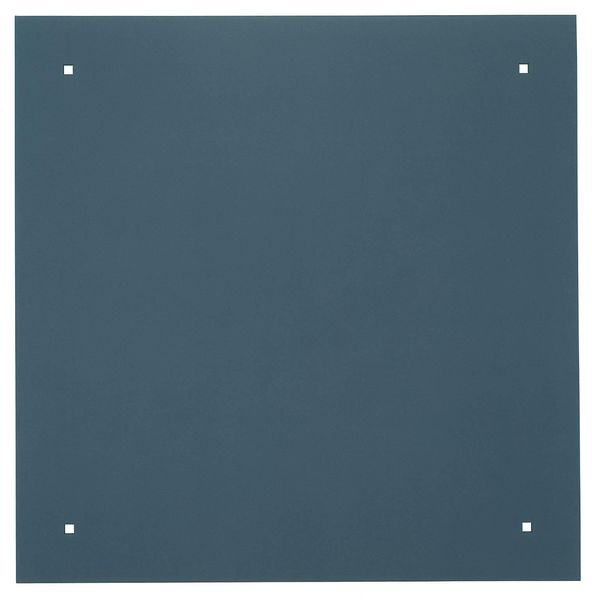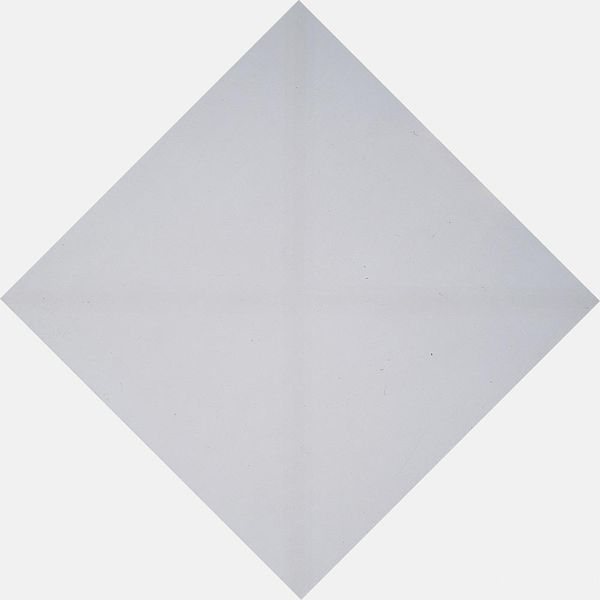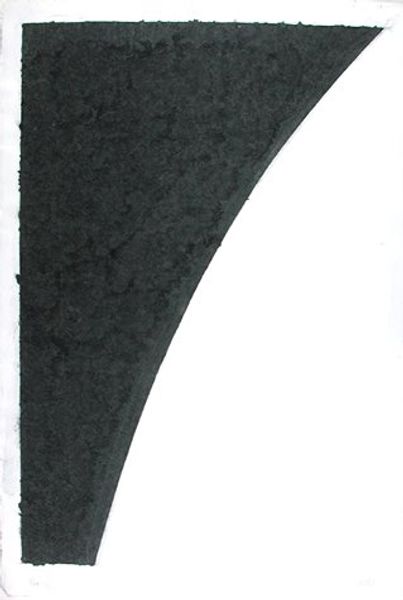
#
monochromatic
#
contemporary
#
minimalism
#
geometric
#
abstraction
#
hard-edge-painting
#
monochrome
Copyright: Marjan Eggermont,Fair Use
Curator: Allow me to introduce Marjan Eggermont's "Just around the corner," a monochrome abstraction created in 2010. Editor: It's strikingly simple. Just a grey polygon really. The asymmetry is immediately what grabs you, a sense of imbalance. Curator: Precisely, and it fits neatly into the contemporary art scene where minimalist aesthetics challenge our notions of representation. This piece speaks to the Hard-edge painting movement, emphasizing clean lines and precise geometric forms. Editor: I'm curious about this "corner" it gestures towards. Does that refer to social structures perhaps, hidden biases just out of view, conditioning our experiences? The very idea of perspective feels potent here, who or what defines this particular point of view? Curator: It is compelling to read it that way, focusing on the act of perception itself. Abstraction like this really became prominent after World War II as an attempt to represent a world after so much devastation, a broken society in need of reimagining its relationship to reality and form. Editor: Yes, there's something about the cool detachment that mirrors that post-war sensibility. The lack of texture also evokes a sense of erasure, of sanitization, which makes me uneasy, even if the sharp lines could imply the emergence of something new, a potential rebuilding perhaps. Curator: The "Hard-edge" label is important though; its emphasis on clarity was revolutionary at the time. You have artists really trying to remove any trace of the artist's hand, pushing for clean shapes. Editor: And yet, isn't that depersonalization, in itself, a statement? An absence becomes a presence, raising so many interesting questions about who and what art is for. This forces us to really think. Curator: Definitely. Eggermont asks us to reflect on the nature of space and form, on what constitutes an image in a world oversaturated with them. It speaks to the socio-political landscape that shaped our visual culture. Editor: For me, the power lies in its ambiguity, an invitation to actively engage, to project our narratives and histories onto its stark simplicity. It serves as a mirror, forcing reflection on the angles and structures we inhabit, willingly or not. Curator: A fruitful discussion. This has encouraged me to consider the place for abstract works like this in today's highly divisive climate. Editor: Likewise, a great reminder of art's capacity to provoke thought. To look a little further around that proverbial corner.
Comments
No comments
Be the first to comment and join the conversation on the ultimate creative platform.
